I'm new to .NET C# programming. I'm following few books. It is said that instead of compiling C# code directly to machine code, it is converted into an intermediate language (called MSIL aka CIL). But when I compile, I get an exe/dll file.
- Is this MSIL/CIL contained in these exe/dll files?
- I want to see that intermediate language code, just to get feel for its existence. How do I view it?
- They are calling this exe/dll file an
assembly. Are they using this "fancy word" just to differentiate these from the exe/dll files that contain native/machine code?


